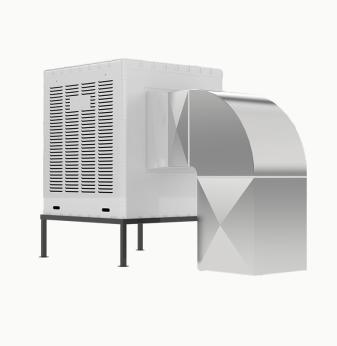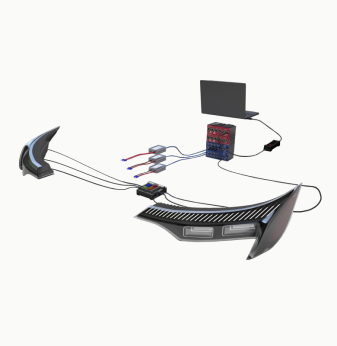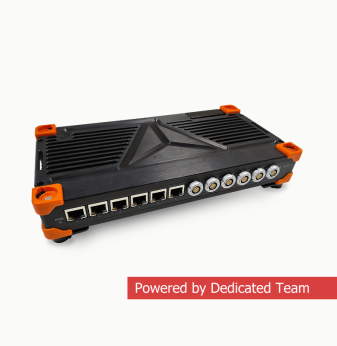The Future of Embedded Systems: Innovations That Will Reshape Technology
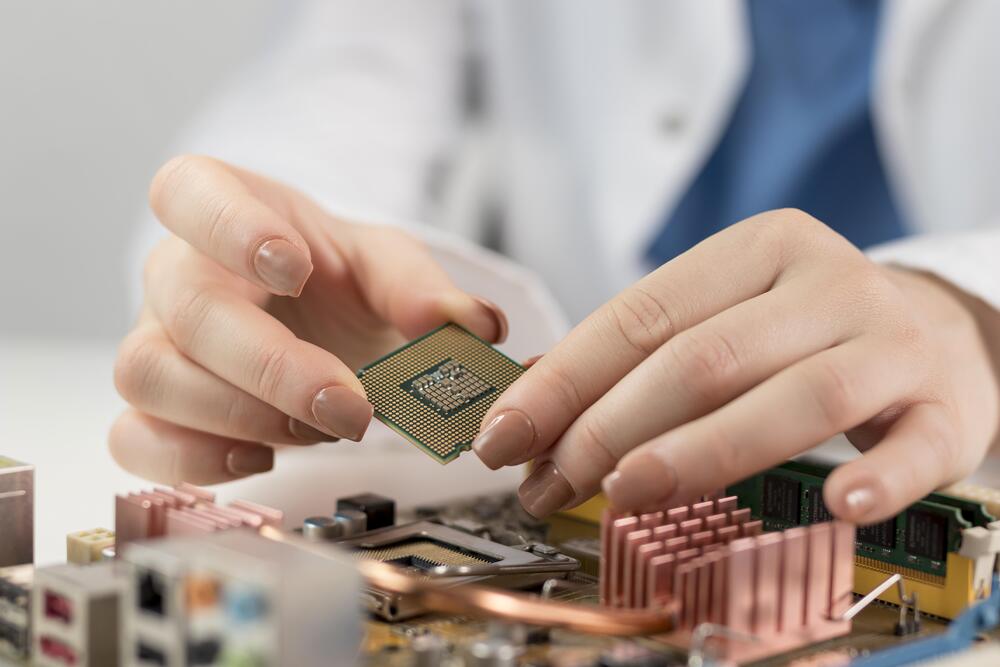
Embedded systems power everything from autonomous vehicles and smart medical devices to industrial automation and consumer electronics. With rapid advancements in AI, real-time computing, and cybersecurity, the industry is on the brink of a major transformation.
According to a MarketsandMarkets report, the embedded systems market is expected to reach $116.2 billion by 2027, growing at 6.1% CAGR. The rise of edge computing, AI-enhanced microcontrollers, and ultra-efficient processors will be game changers for embedded applications.
In the words of Alan Turing, the father of modern computing:
"Sometimes it is the people no one imagines anything of who do the things that no one can imagine."
This article explores seven groundbreaking innovations shaping embedded systems and their impact on various industries.
1. AI-Powered Embedded Systems: Intelligence at the Edge
AI is no longer confined to cloud-based platforms. The rise of tiny machine learning (TinyML) and low-power AI chips is bringing intelligence to embedded systems, enabling real-time decision-making without cloud dependency.
AI in Embedded Systems: Where It’s Making an Impact
| Industry | AI-Powered Embedded System | Impact |
| Automotive | AI-based Advanced Driver Assistance Systems (ADAS) | Faster response times & accident prevention |
| Healthcare | AI-driven wearable health monitors | Early detection of diseases |
| Manufacturing | AI-powered robotic automation | Reduced downtime & increased efficiency |
Did You Know?
The AI-powered NVIDIA Jetson AGX Orin delivers 200 trillion operations per second (TOPS), enabling real-time AI in robotics, autonomous machines, and industrial automation.
Andrew Ng, AI expert: “AI is the new electricity. Just as electricity transformed industries, AI will now do the same.”
What’s Next?
By 2028, AI will:
- Enable fully autonomous industrial robots.
- Drive predictive maintenance in factories.
- Power real-time decision-making in self-driving cars.
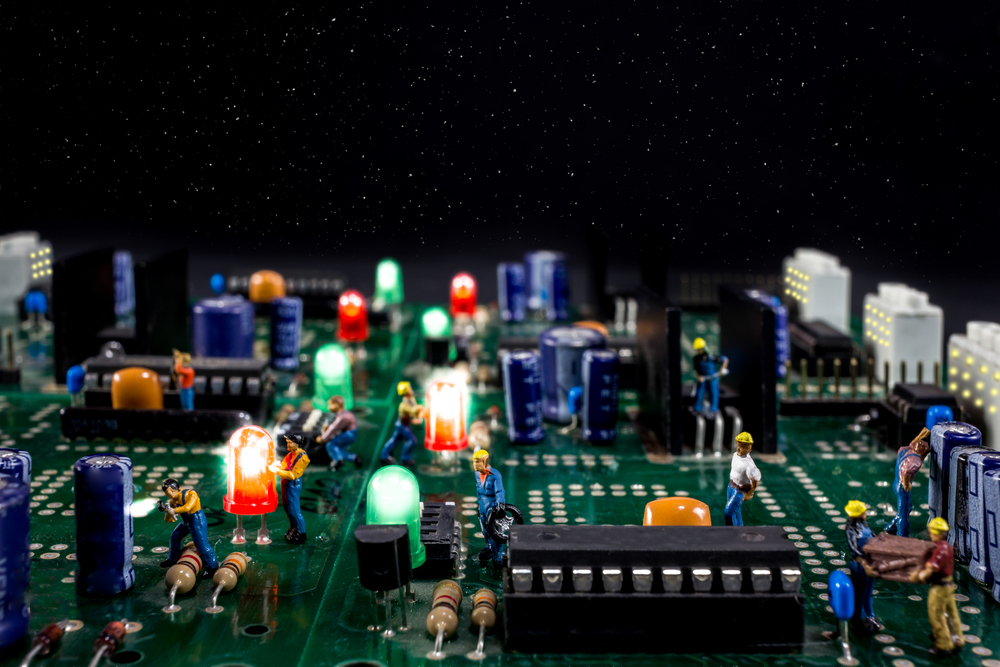
2. Edge Computing: Moving Processing Closer to Devices
As IoT devices multiply, embedded systems are shifting toward edge computing, which processes data locally instead of relying on the cloud. This improves speed, security, and reduces latency.
How Edge Computing is Reshaping Embedded Systems
| Industry | Edge Computing Application | Key Benefit |
| Automotive | Vehicle-to-Everything (V2X) Communication | Faster reaction times for autonomous cars |
| Healthcare | Edge-based patient monitoring | Real-time diagnostics without cloud delays |
| Smart Cities | Edge-driven traffic monitoring | Reduced congestion through real-time adjustments |
By 2027, over 75% of IoT-generated data will be processed at the edge, reducing cloud dependency and improving response times.
3. Ultra-Low-Power Processors: Extending Device Lifespan
New embedded processors are designed for power efficiency, allowing devices to function longer on batteries or energy-harvesting sources.
Breakthroughs in Power Efficiency
- ARM Cortex-M55 reduces power consumption by 50%.
- RISC-V architecture is enabling custom low-power solutions.
- Energy-harvesting IoT sensors eliminate battery dependency.
Gordon Moore, Intel co-founder: “The number of transistors on a microchip doubles about every two years, though the cost of computers is halved.”
By 2026, self-powered IoT devices will dominate wearable, smart home, and industrial automation applications.
4. 5G and Next-Gen Connectivity in Embedded Systems
5G is unlocking ultra-low latency and high-speed networking, transforming autonomous vehicles, smart factories, and connected cities.
How Next-Gen Connectivity is Changing Embedded Systems
| Technology | Application | Key Benefit |
| 5G | Autonomous cars & V2X communication | Real-time data exchange for safer driving |
| Wi-Fi 6 | IoT and smart home devices | Faster connectivity & reduced interference |
| LPWAN | Remote industrial monitoring | Long-range, low-power connectivity |
By 2028, over 3 billion IoT devices will be 5G-enabled, accelerating autonomous systems, real-time monitoring, and industrial automation.
5. Enhanced Security in Embedded Systems
With increasing connectivity, embedded systems are more vulnerable to cyber threats. The Jeep Cherokee cyberattack (2015) exposed flaws in automotive cybersecurity, leading to new safety regulations.
Key Security Innovations
- Post-Quantum Cryptography (PQC) to counter future cyber threats.
- Zero Trust Architecture (ZTA) to ensure only verified devices access networks.
- Automotive security standards (ISO 21434) to protect connected cars.
By 2026, every connected vehicle will be required to meet strict cybersecurity standards.
6. AI-Enhanced Human-Machine Interfaces (HMIs)
AI-driven gesture control, voice recognition, and AR interfaces are changing how people interact with embedded systems.
The Rise of AI-Powered HMIs
- Augmented Reality Dashboards in smart cars.
- AI-driven voice assistants in industrial automation.
- Wearable AR glasses for factory workers and healthcare applications.
Elon Musk on AI interfaces: “AI will be best used when combined with human intelligence, making technology feel more natural.”
By 2027, AI-powered HMIs will be standard in automotive dashboards, industrial automation, and medical devices.
7. Embedded Systems in Quantum Computing
While still in its infancy, quantum computing promises exponential improvements in data processing, encryption, and complex simulations.
Potential Quantum Use Cases
| Application | Quantum Computing Benefit |
| Drug Discovery | Simulating complex molecules |
| Traffic Optimization | Predicting congestion patterns |
| Cryptography | Unbreakable encryption |
By 2030, hybrid classical-quantum embedded systems could unlock new frontiers in AI, cybersecurity, and computational science.
Conclusion: The Embedded Revolution is Here
Over the next five years, embedded systems will evolve into high-performance, AI-driven, power-efficient platforms. AI automation, 5G networking, and edge computing will reshape automotive, healthcare, and industrial sectors.
Bill Gates: “The future of computing is embedded intelligence in everything.”
Our Case Studies in Hardware Design


